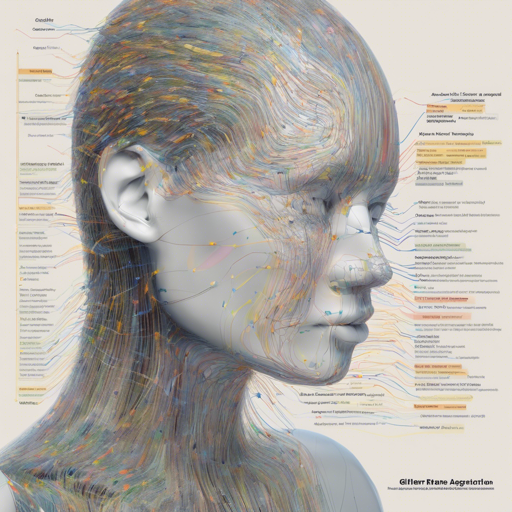Named Entity Recognition (NER) is a cornerstone of natural language processing (NLP) that involves identifying and classifying key entities within text. If you’re seeking a robust solution that doesn’t sacrifice performance for size, let me introduce you to GLiNER—a remarkable generalist and lightweight NER model!
What is GLiNER?
GLiNER is capable of identifying various entity types using a bidirectional transformer encoder, much like BERT. Traditional NER models typically stick to predefined entities, which can be limiting. In contrast, GLiNER offers a versatile and practical alternative designed for scenarios where resources are constrained. This means you can enjoy the flexibility of large language models (LLMs) without breaking the bank.
Getting Started with GLiNER
Let’s walk through the steps needed to integrate GLiNER into your project. This process is user-friendly, even for those who may not be experts in programming.
Installation
- To install GLiNER, simply run the following command:
!pip install glinerUsage
- After installation, you need to import the GLiNER class:
from gliner import GLiNERmodel = GLiNER.from_pretrained('urchade/gliner_medium_v2.1')
text = "Cristiano Ronaldo dos Santos Aveiro (Portuguese pronunciation: [kɾiʃˈtjɐnu ʁɔˈnaldu]; born 5 February 1985) ..."
labels = ['Person', 'Award', 'Date', 'Competitions', 'Teams']
entities = model.predict_entities(text, labels, threshold=0.5)
for entity in entities:
print(entity['text'], '=', entity['label'])
In the above code, the labels specify what types of entities we want to identify. When we look at Ronaldo’s background, we can identify his name as a person, his birth date, and various teams and awards he has received.
Understanding the Code with an Analogy
Think of using GLiNER like being a skilled librarian in an expansive library. Each shelf represents a different category of entities—like “People,” “Awards,” or “Dates.” When you want to find a book (or entity) on a specific shelf (category), you simply reach out and grab it. Similarly, GLiNER allows you to specify the categories you are interested in (the labels) and effectively discovers the “books” (entities) from the “shelves” (text).
Troubleshooting
While GLiNER is built to be user-friendly, you may encounter some common issues. Here are a few troubleshooting tips:
- No entities found: Ensure that your text has entities that match your labels. Try switching up the labels to see if entities are being recognized.
- Model import issues: Double-check if the model name is correct, and ensure you are connected to the internet during installation.
- Performance concerns: If the model is running slow, consider running it in a more powerful environment or reducing the size of your input.
For more insights, updates, or to collaborate on AI development projects, stay connected with fxis.ai.
Conclusion
GLiNER is a fine balance between performance and resource efficiency, making it an ideal choice for those working on NER tasks in resource-constrained environments. You can easily integrate it into your projects and streamline the entity recognition process.
At fxis.ai, we believe that such advancements are crucial for the future of AI, as they enable more comprehensive and effective solutions. Our team is continually exploring new methodologies to push the envelope in artificial intelligence, ensuring that our clients benefit from the latest technological innovations.

